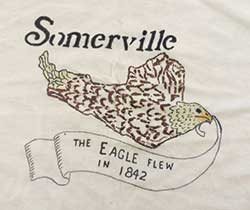
Eagle Feathers #139– Oxford
By Bob (Monty) Doherty
Oxford, Massachusetts lies in the southern part of Worcester County, just one town away from the Connecticut border. As early as 1682, the Massachusetts Bay Colony offered land grants to this area for people who would colonize the then, unbridled frontierland.
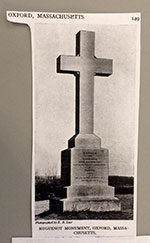
For four years the offer went ignored until a group of forty French Huguenot families settled the territory and established a village. They fled Europe to come to America for religious independence. Like the English pilgrims who formed a plantation at Plymouth, these French pilgrims formed a settlement in Oxford; but unfortunately, it failed.
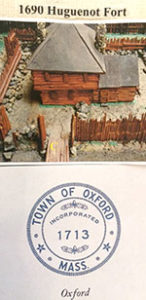
During the nine years of the Huguenot settlement, they had suffered kidnappings and chaos with renegade Indians, ending with a family being massacred. Its village fort offered them safety, but outlying farms were on their own. They had to provide their own protection and plowed their fields while armed. Today, only a small part of the fort’s foundation remains. After this tragic event and later a Deerfield Village attack which took over fifty lives, the settlement broke up. The families left and dispersed moving closer to the coast for their safety.
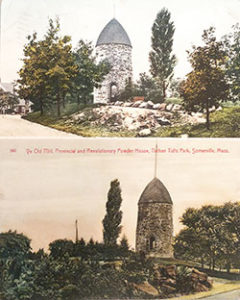
One of the Huguenots was Jean Mallet who fled early on with his family to what is now Somerville. After arriving here, he applied what he knew by building a grist mill, which is today’s historic Powder House. The Mallets also helped build three mills in Oxford. The Somerville mill still stands over three centuries later. Protected by one of Ben Franklin’s early lightning rods rising from its roof, it is the oldest man-made stone structure in the state. In September 1774, the site was attacked by British troops who captured the Colonial gunpowder that was stored there. This was eight months before Lexington, making it the dress rehearsal to the American Revolution.
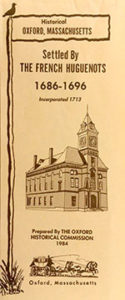
At that time, another Oxford refugee was Ann Faneuil, mother of Peter Faneuil, creator of Boston’s Faneuil Hall. Today’s Oxford prides itself as the birthplace of Clarissa “Clara” Barton, founder of the American Red Cross, who was born there on Christmas day in 1821. As a Civil War nurse, she was called the “angel of the battlefield.” She is number 100 on the Hall of Fame List for Great Americans.

Joslin Park was given to the Town of Oxford by one of its natives, Dr. Elliot P. Joslin. He was a world-renowned specialist in the treatment of diabetes, founding the first diabetes care facility, The Joslin Diabetes Center, in Boston.

Many famous names in American history root back to this first wave of Huguenots including Paul Revere, Henry Wadsworth Longfellow and 21 out of our 45 American Presidents. Today, the Huguenot Oak on Huguenot Road, the Huguenot Bridge, the Huguenot Fort and the French River keep Oxford’s original history alive.
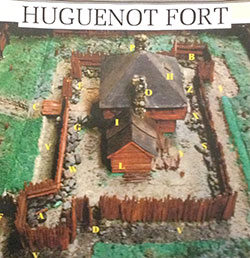
Somerville’s Mallet Street brings to mind the Huguenot spirit of Jean Mallet. His creation of our 314-year old Powder House shines as our city’s official seal.
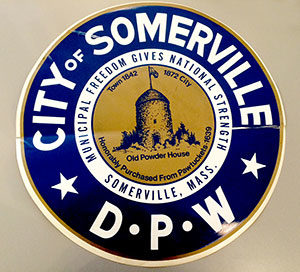













Reader Comments